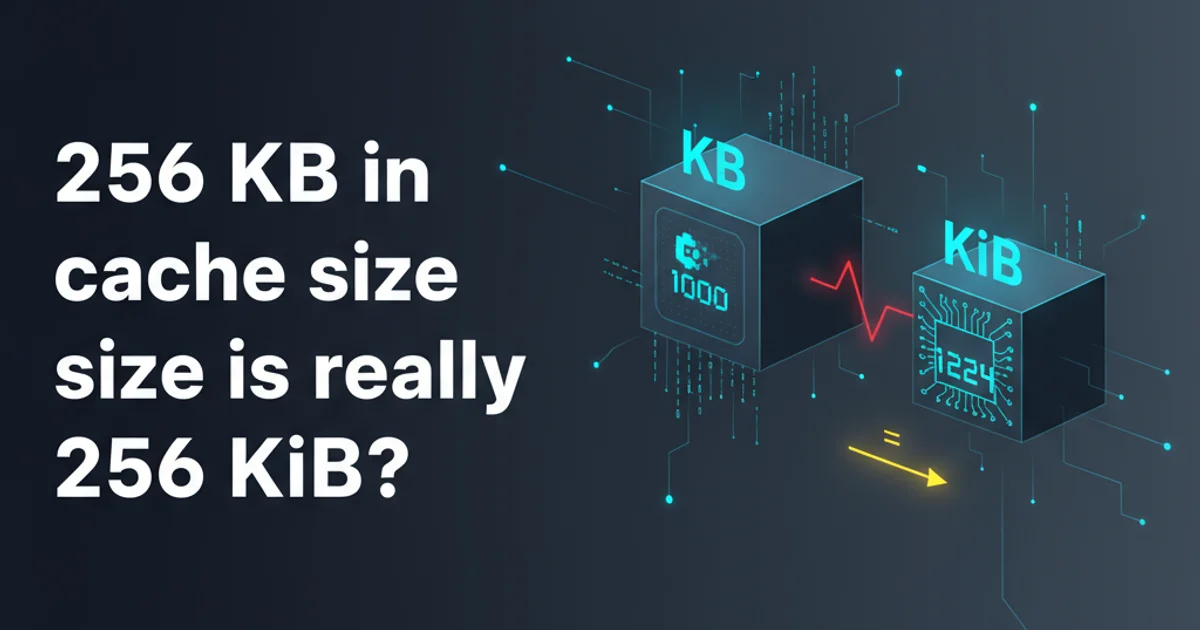What is Webgl ? How it work on it?
Categories:
Understanding WebGL: The Power of 3D Graphics in Your Browser

Explore WebGL, the JavaScript API for rendering interactive 2D and 3D graphics within any compatible web browser without the need for plug-ins. Learn its core concepts, how it works, and its fundamental components.
WebGL (Web Graphics Library) is a JavaScript API for rendering high-performance interactive 2D and 3D graphics directly within any compatible web browser. It's built on top of OpenGL ES 2.0, a subset of the OpenGL standard designed for embedded systems, bringing hardware-accelerated graphics to the web. Unlike traditional image formats, WebGL allows for dynamic, real-time rendering, opening up possibilities for immersive games, data visualizations, and complex simulations directly in the browser.
What is WebGL?
At its core, WebGL provides a low-level API that gives developers direct access to the graphics processing unit (GPU) of a device. This direct access is what enables WebGL to achieve such high performance. It operates within the HTML5 <canvas> element, using JavaScript to control the rendering process. Because it's based on OpenGL ES 2.0, developers familiar with OpenGL concepts will find many similarities, including the use of shaders for rendering.
How WebGL Works: The Rendering Pipeline
WebGL's operation revolves around a programmable rendering pipeline. This pipeline consists of several stages, with the most critical being the Vertex Shader and the Fragment Shader. These shaders are small programs written in GLSL (OpenGL Shading Language) that run directly on the GPU, allowing for highly parallel processing of graphics data. The general workflow involves setting up a canvas, providing geometry and texture data, writing shaders, and then issuing draw calls.
flowchart TD
A[HTML Canvas] --> B{Get WebGL Context}
B --> C[Define Geometry (Vertices)]
C --> D[Create Buffers (VBOs)]
D --> E[Write Vertex Shader (GLSL)]
E --> F[Write Fragment Shader (GLSL)]
F --> G[Compile & Link Shaders]
G --> H[Create Program]
H --> I[Set Uniforms & Attributes]
I --> J[Issue Draw Call]
J --> K[Render to Canvas]
K --> L[Display on Screen]Simplified WebGL Rendering Pipeline
Let's break down the key components of this pipeline:
Key WebGL Components
Understanding these components is crucial for working with WebGL:
1. 1. The Canvas Element
The <canvas> HTML element is the drawing surface where WebGL renders its graphics. You obtain a WebGL rendering context from this element using canvas.getContext('webgl') or canvas.getContext('webgl2').
2. 2. Geometry Data (Vertices)
3D objects are composed of vertices, which are points in 3D space. These vertices define the shape of the object. WebGL requires this data to be sent to the GPU in arrays.
3. 3. Buffers (VBOs)
Vertex Buffer Objects (VBOs) are GPU memory allocations used to store vertex data (positions, colors, normals, texture coordinates). This allows the GPU to access the data efficiently.
4. 4. Shaders (Vertex and Fragment)
Shaders are programs that run on the GPU. The Vertex Shader processes each vertex, transforming its position from model space to clip space, and can pass data (varyings) to the fragment shader. The Fragment Shader (also known as Pixel Shader) runs for each pixel (fragment) that an object covers, determining its final color. This is where lighting, texturing, and other visual effects are applied.
5. 5. Programs
A WebGL program is a combination of a compiled vertex shader and a compiled fragment shader. You link these two shaders together to form a complete rendering program.
6. 6. Attributes and Uniforms
Attributes are per-vertex data (like position, color, normal) that are passed from JavaScript buffers to the vertex shader. Uniforms are global variables that are constant across all vertices and fragments for a single draw call (e.g., camera position, light color, transformation matrices).
7. 7. Textures
Textures are images applied to the surface of 3D objects, adding detail and realism without needing to define complex geometry. They are sampled in the fragment shader.
8. 8. Draw Calls
After setting up all the necessary data, shaders, and program, a draw call (e.g., gl.drawArrays or gl.drawElements) instructs the GPU to render the specified geometry.
const canvas = document.getElementById('myCanvas');
const gl = canvas.getContext('webgl');
if (!gl) {
alert('Unable to initialize WebGL. Your browser or machine may not support it.');
}
// Vertex shader program
const vsSource = `
attribute vec4 aVertexPosition;
void main() {
gl_Position = aVertexPosition;
}
`;
// Fragment shader program
const fsSource = `
void main() {
gl_FragColor = vec4(1.0, 0.0, 0.0, 1.0); // Red color
}
`;
// Initialize a shader program
function initShaderProgram(gl, vsSource, fsSource) {
const vertexShader = loadShader(gl, gl.VERTEX_SHADER, vsSource);
const fragmentShader = loadShader(gl, gl.FRAGMENT_SHADER, fsSource);
const shaderProgram = gl.createProgram();
gl.attachShader(shaderProgram, vertexShader);
gl.attachShader(shaderProgram, fragmentShader);
gl.linkProgram(shaderProgram);
if (!gl.getProgramParameter(shaderProgram, gl.LINK_STATUS)) {
alert('Unable to initialize the shader program: ' + gl.getProgramInfoLog(shaderProgram));
return null;
}
return shaderProgram;
}
// Load a shader
function loadShader(gl, type, source) {
const shader = gl.createShader(type);
gl.shaderSource(shader, source);
gl.compileShader(shader);
if (!gl.getShaderParameter(shader, gl.COMPILE_STATUS)) {
alert('An error occurred compiling the shaders: ' + gl.getShaderInfoLog(shader));
gl.deleteShader(shader);
return null;
}
return shader;
}
const shaderProgram = initShaderProgram(gl, vsSource, fsSource);
gl.useProgram(shaderProgram);
// Define vertices for a simple square
const positions = [
-0.5, 0.5, // Top-left
0.5, 0.5, // Top-right
-0.5, -0.5, // Bottom-left
0.5, -0.5 // Bottom-right
];
const positionBuffer = gl.createBuffer();
gl.bindBuffer(gl.ARRAY_BUFFER, positionBuffer);
gl.bufferData(gl.ARRAY_BUFFER, new Float32Array(positions), gl.STATIC_DRAW);
const vertexPosition = gl.getAttribLocation(shaderProgram, 'aVertexPosition');
gl.vertexAttribPointer(vertexPosition, 2, gl.FLOAT, false, 0, 0);
gl.enableVertexAttribArray(vertexPosition);
gl.clearColor(0.0, 0.0, 0.0, 1.0); // Clear to black, fully opaque
gl.clear(gl.COLOR_BUFFER_BIT);
gl.drawArrays(gl.TRIANGLE_STRIP, 0, 4);